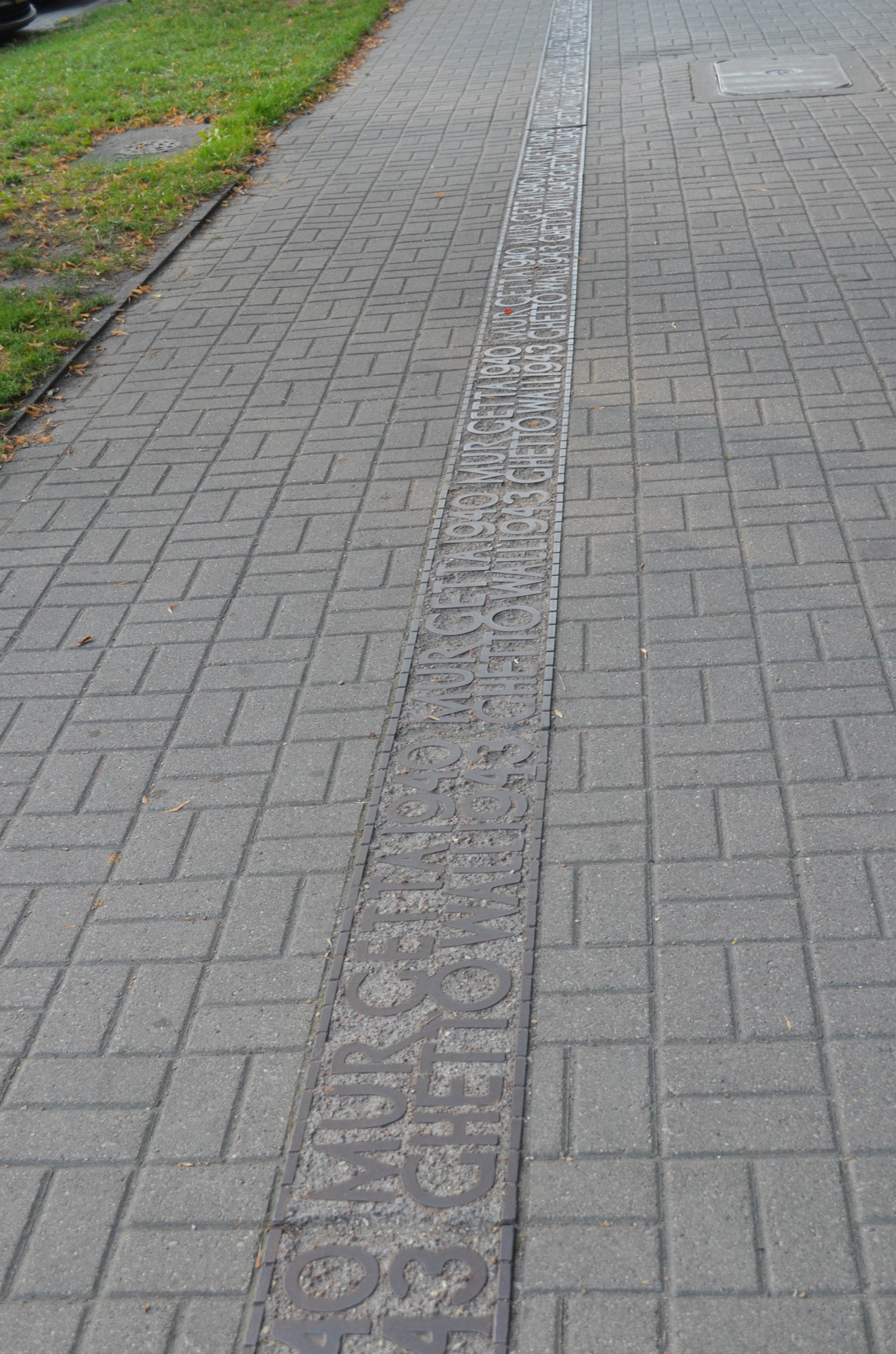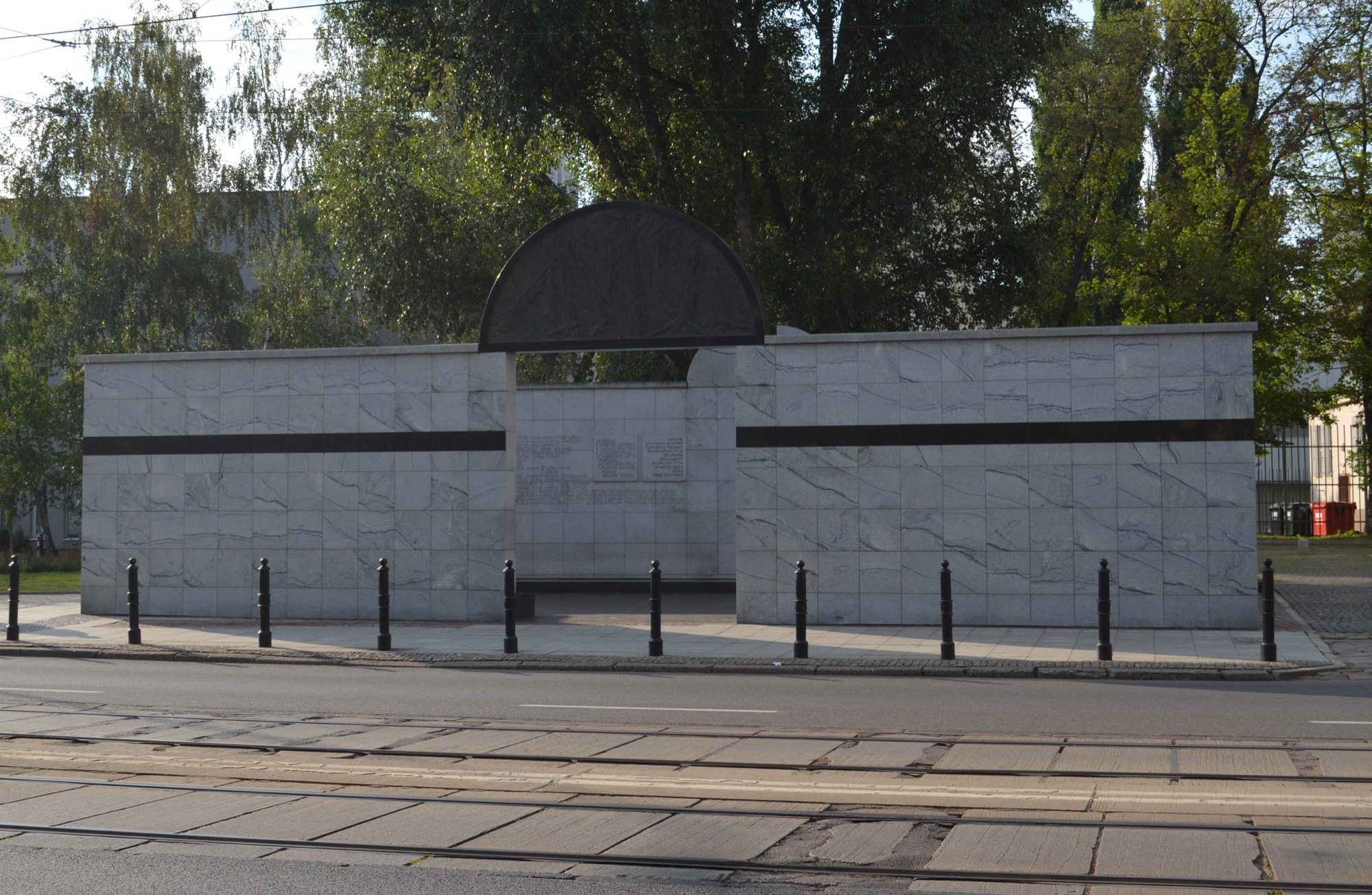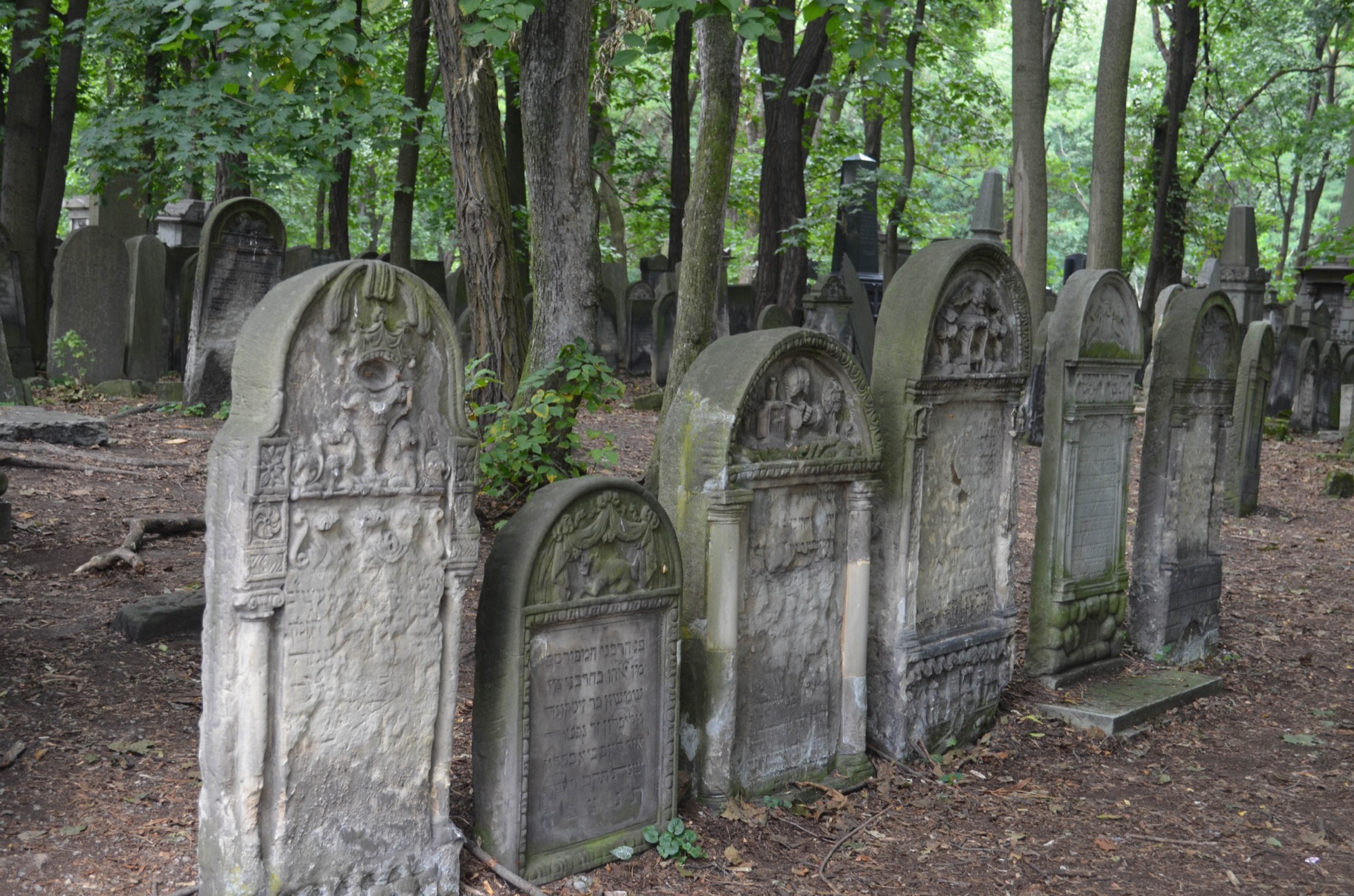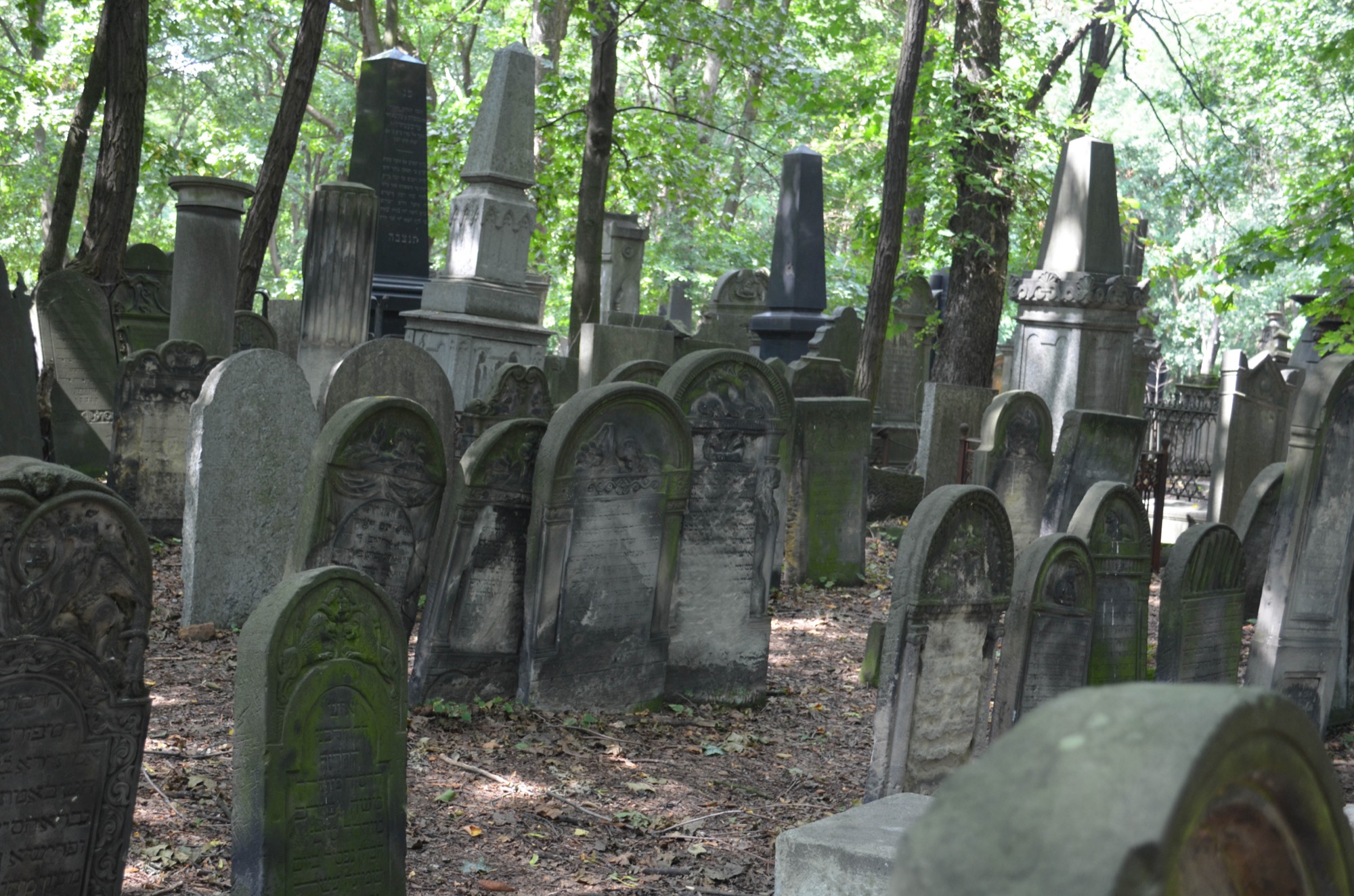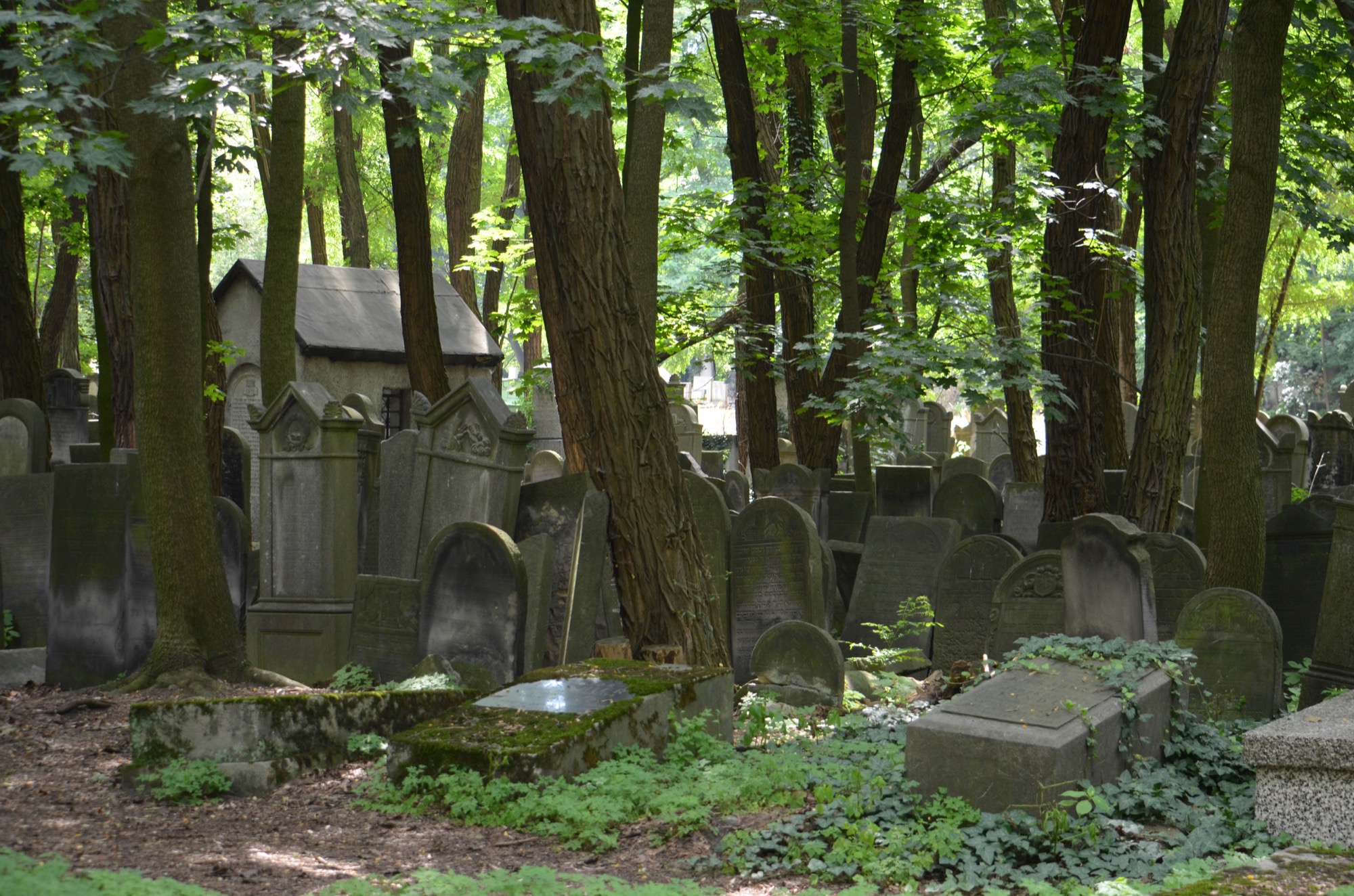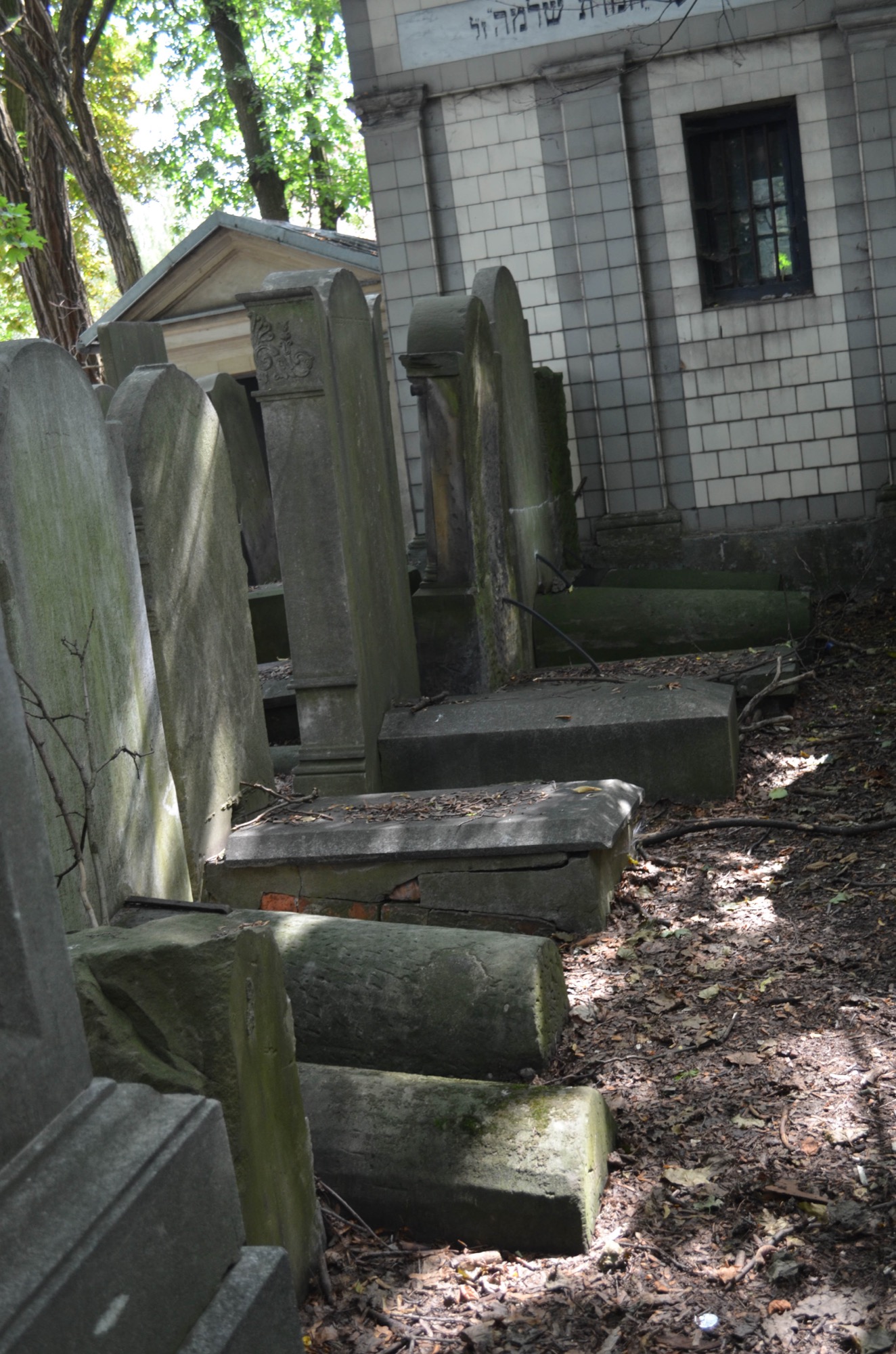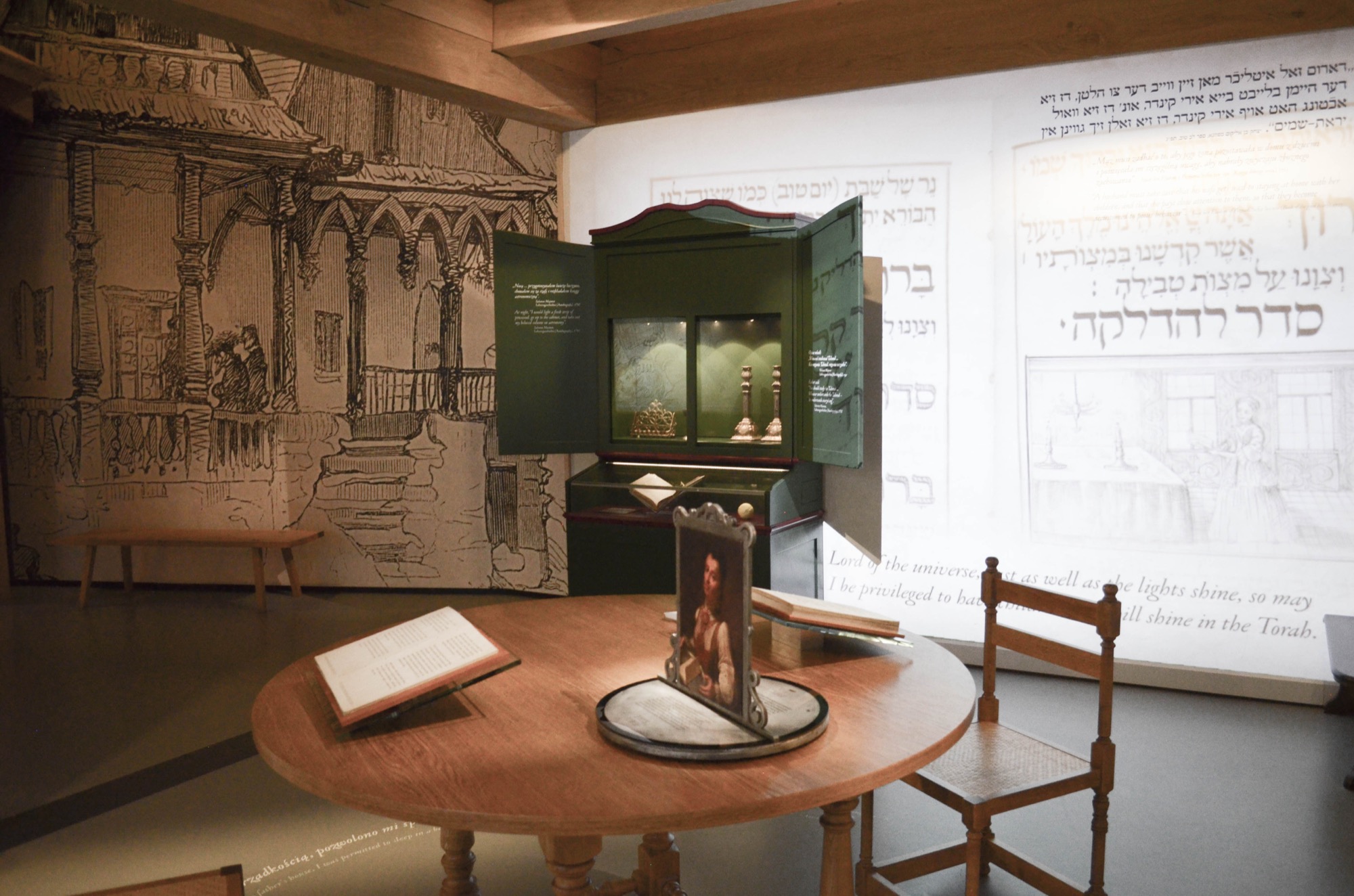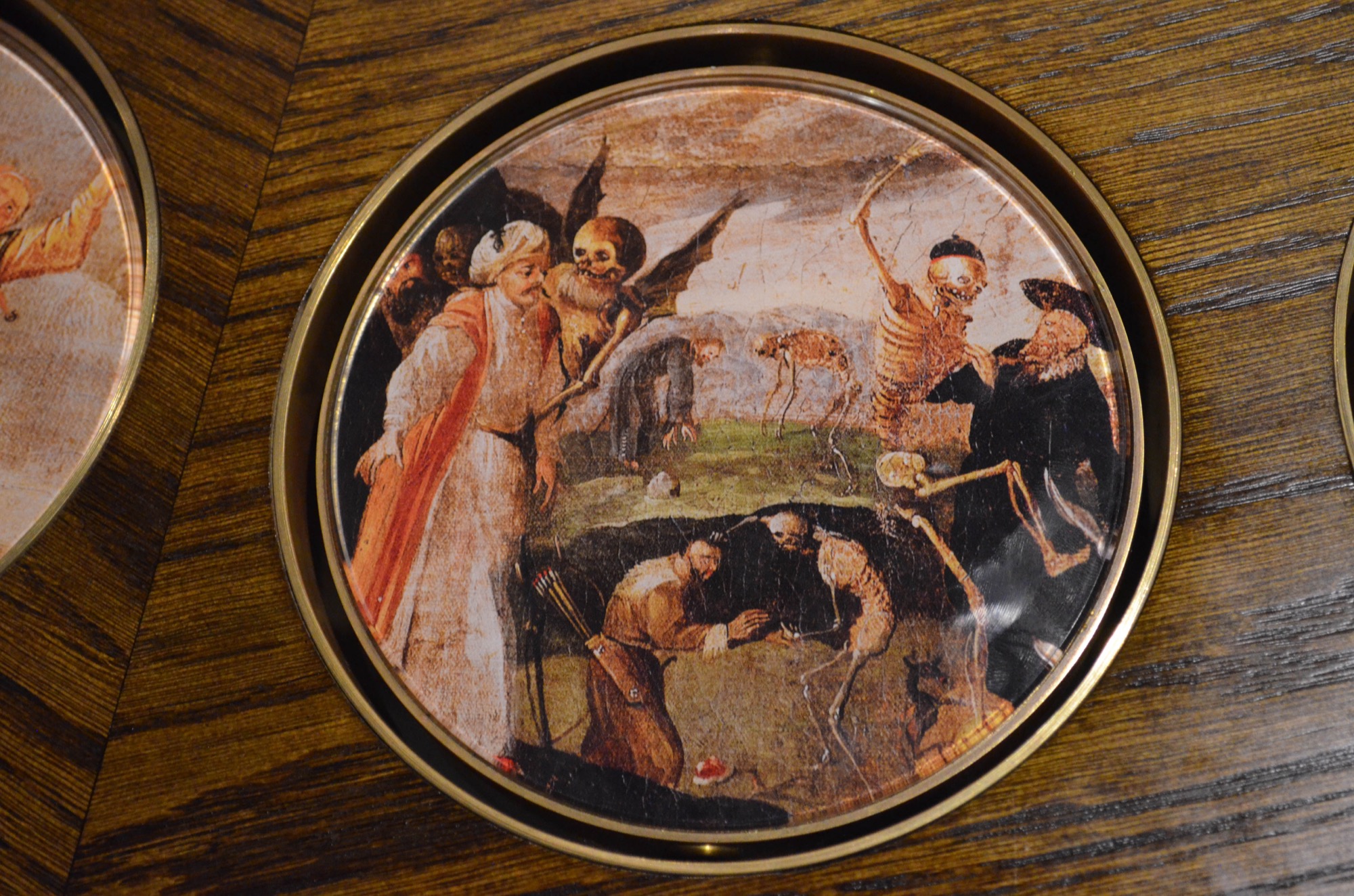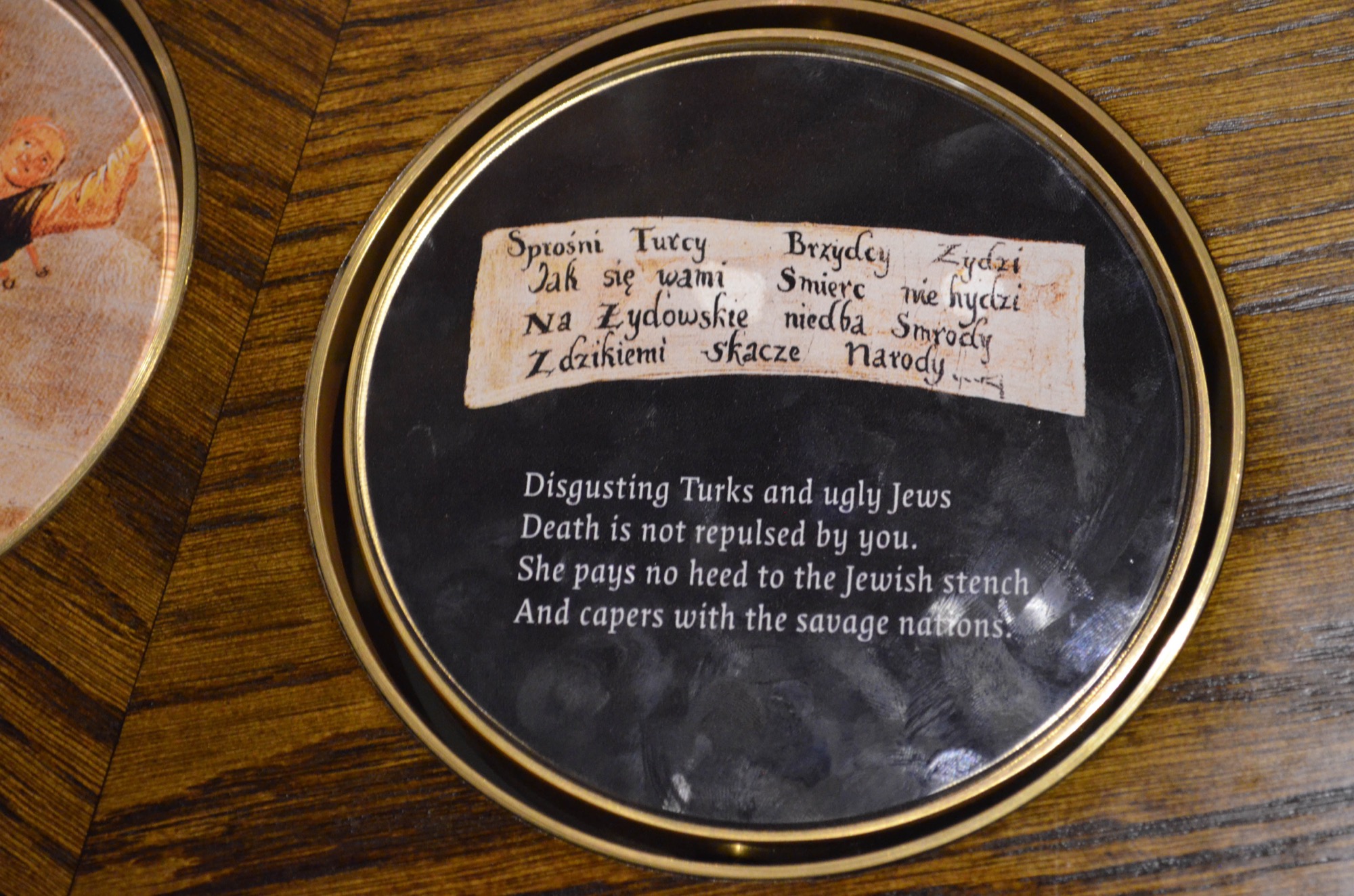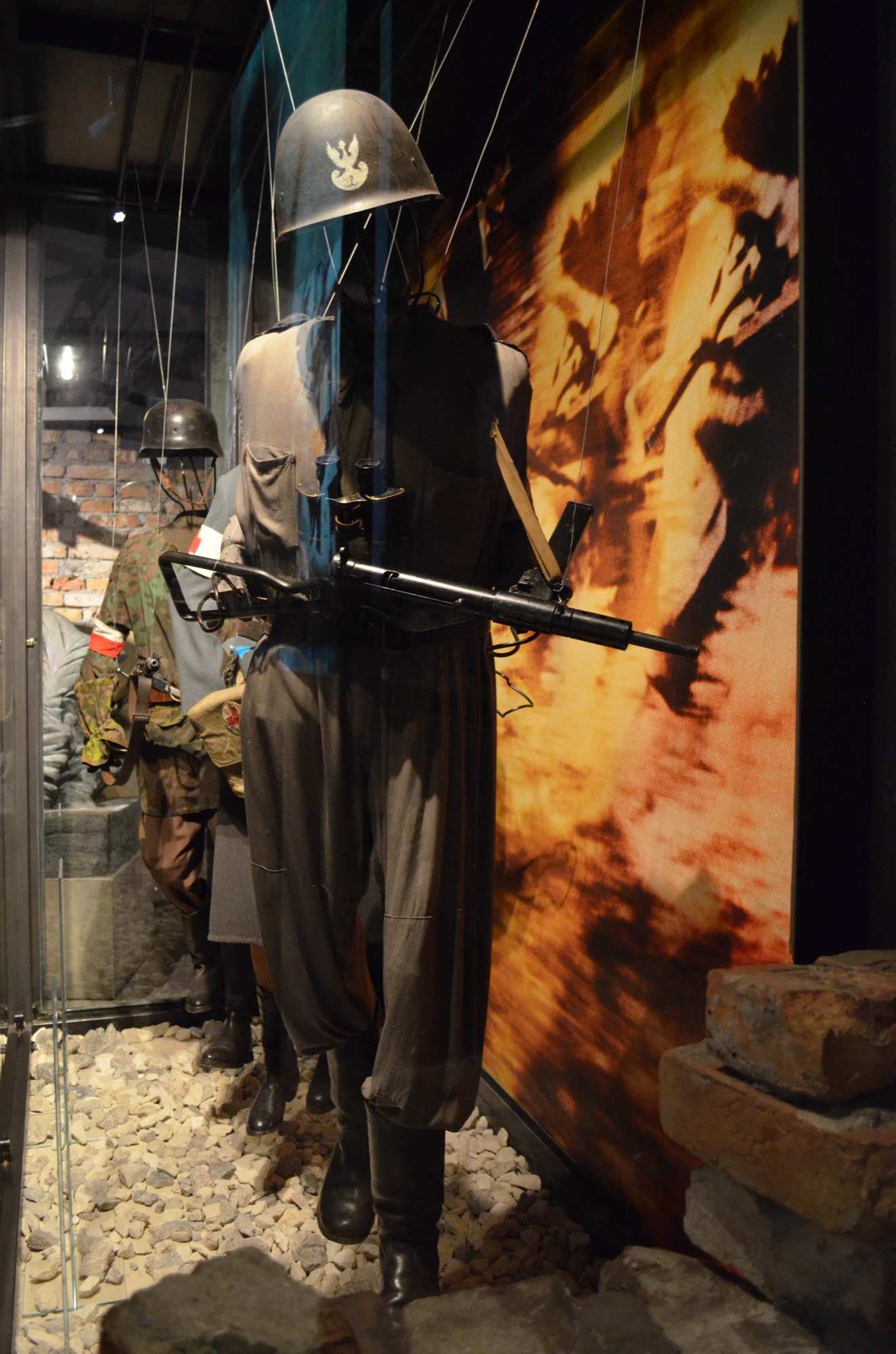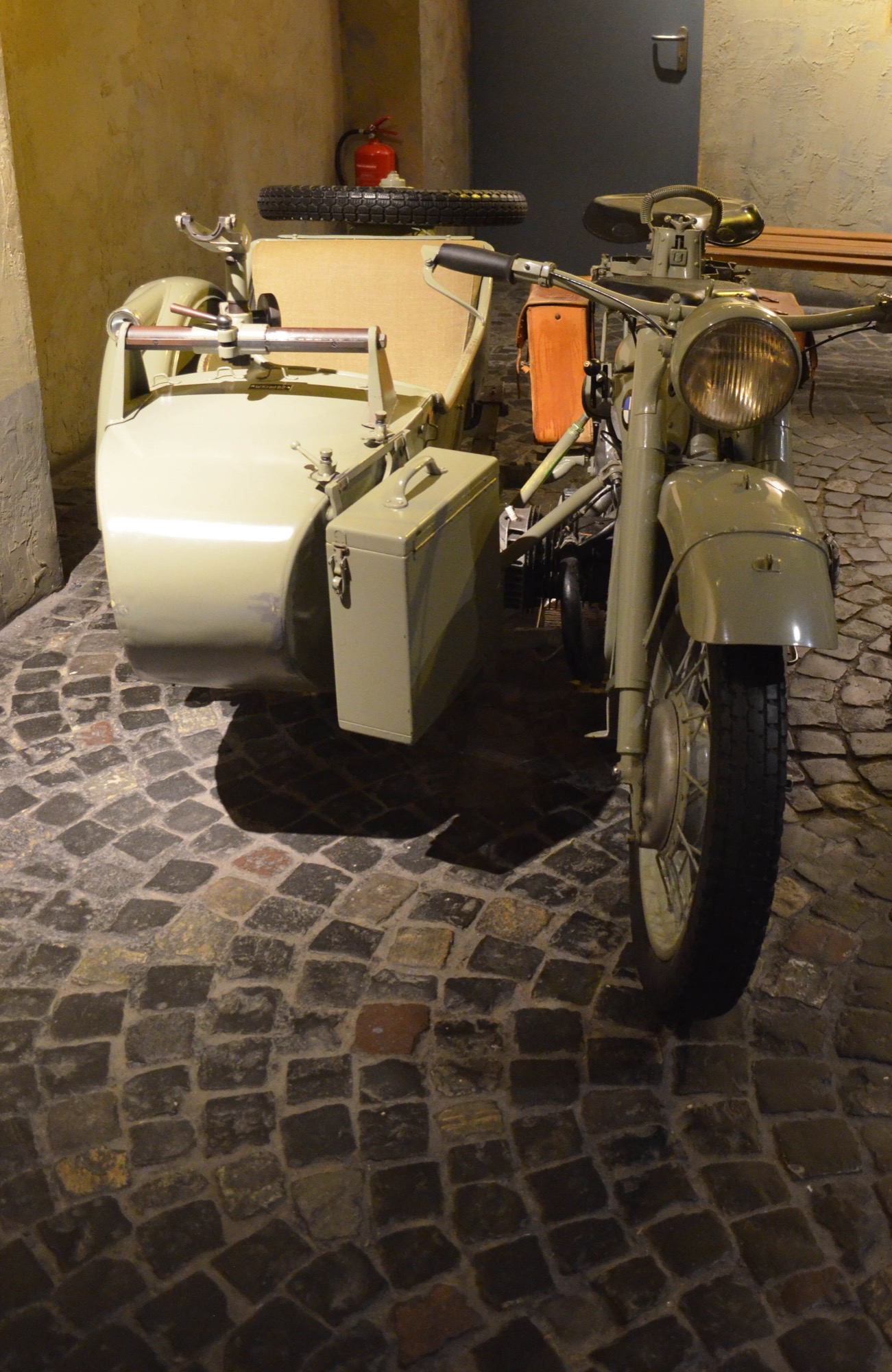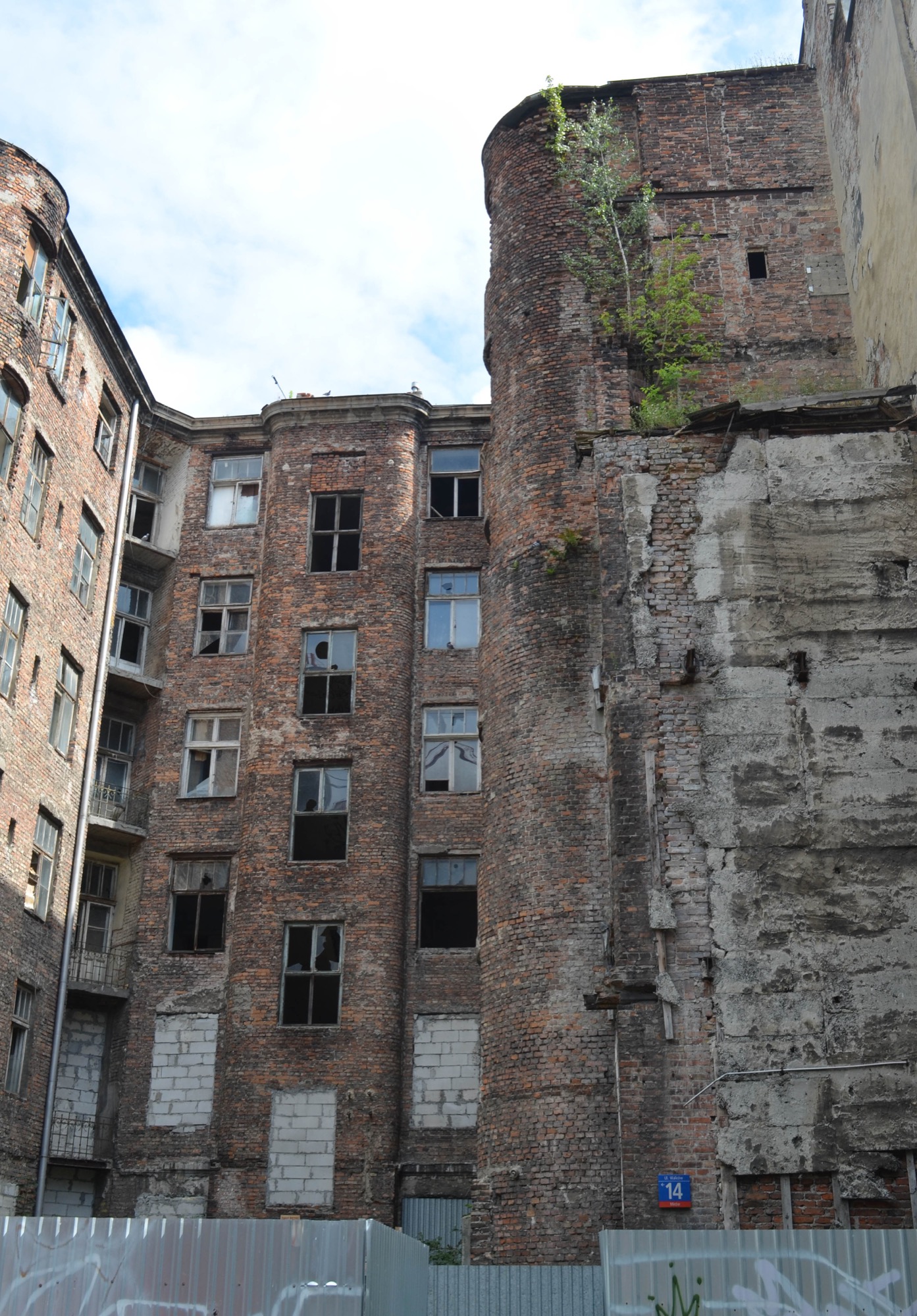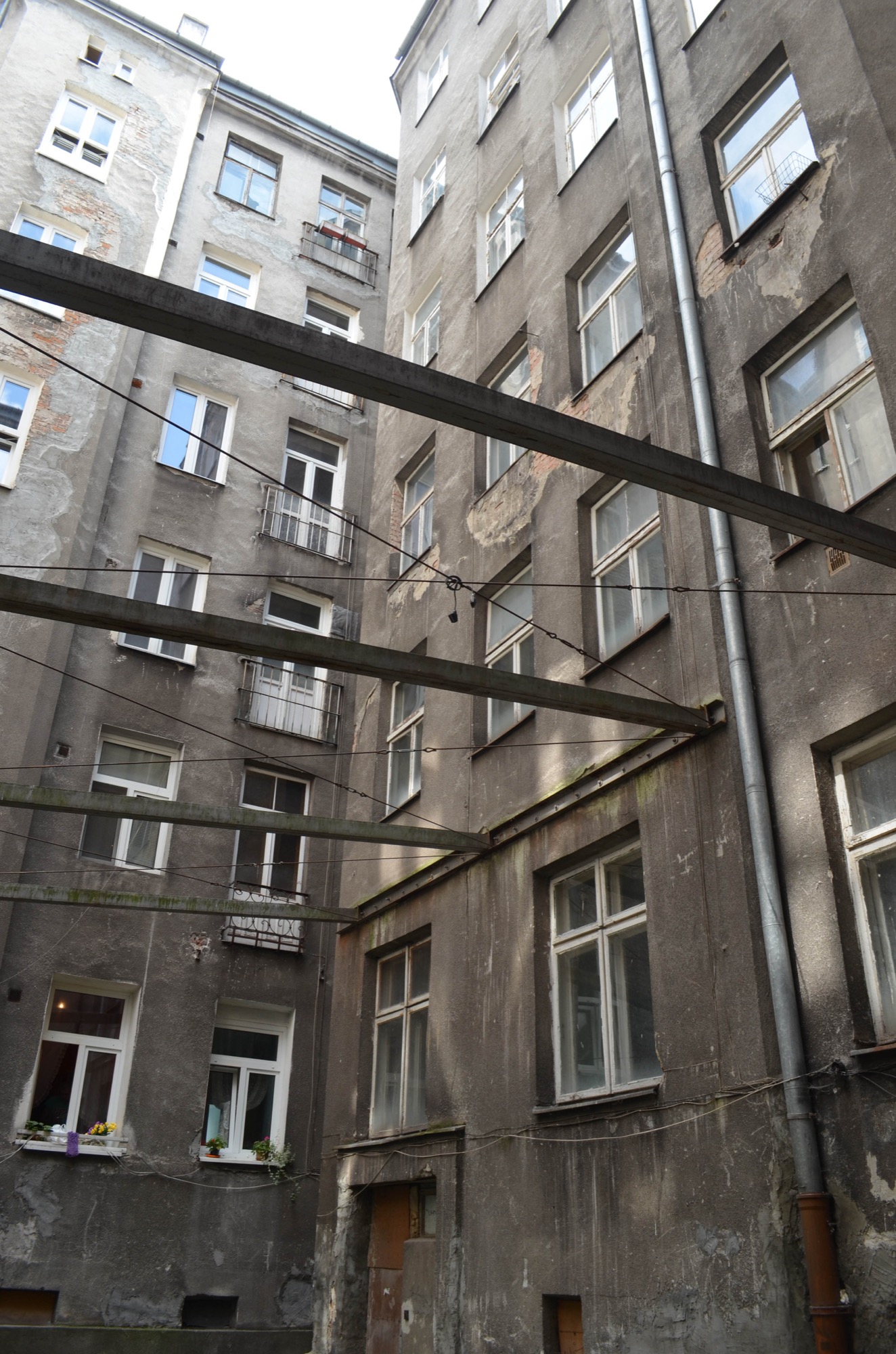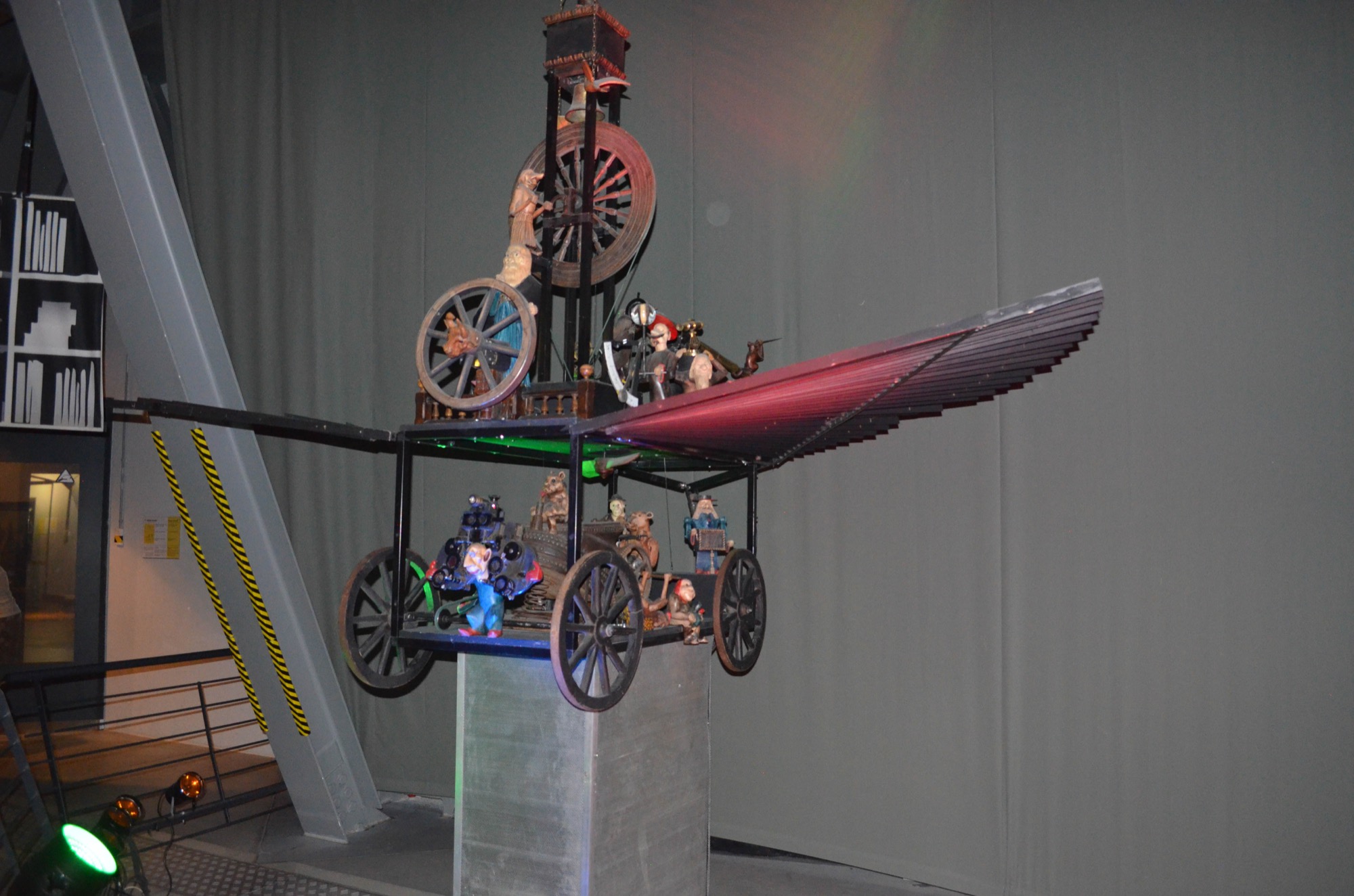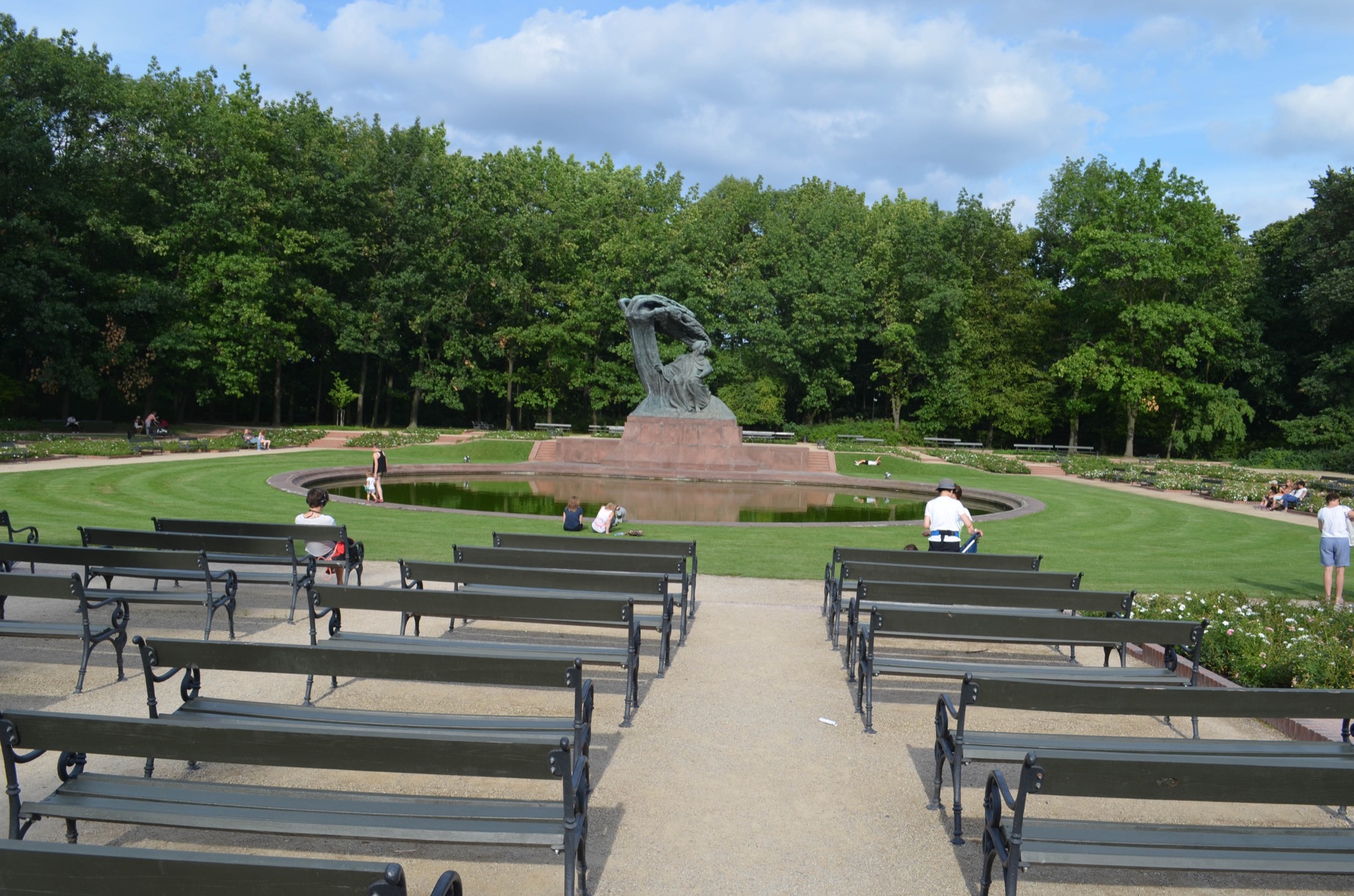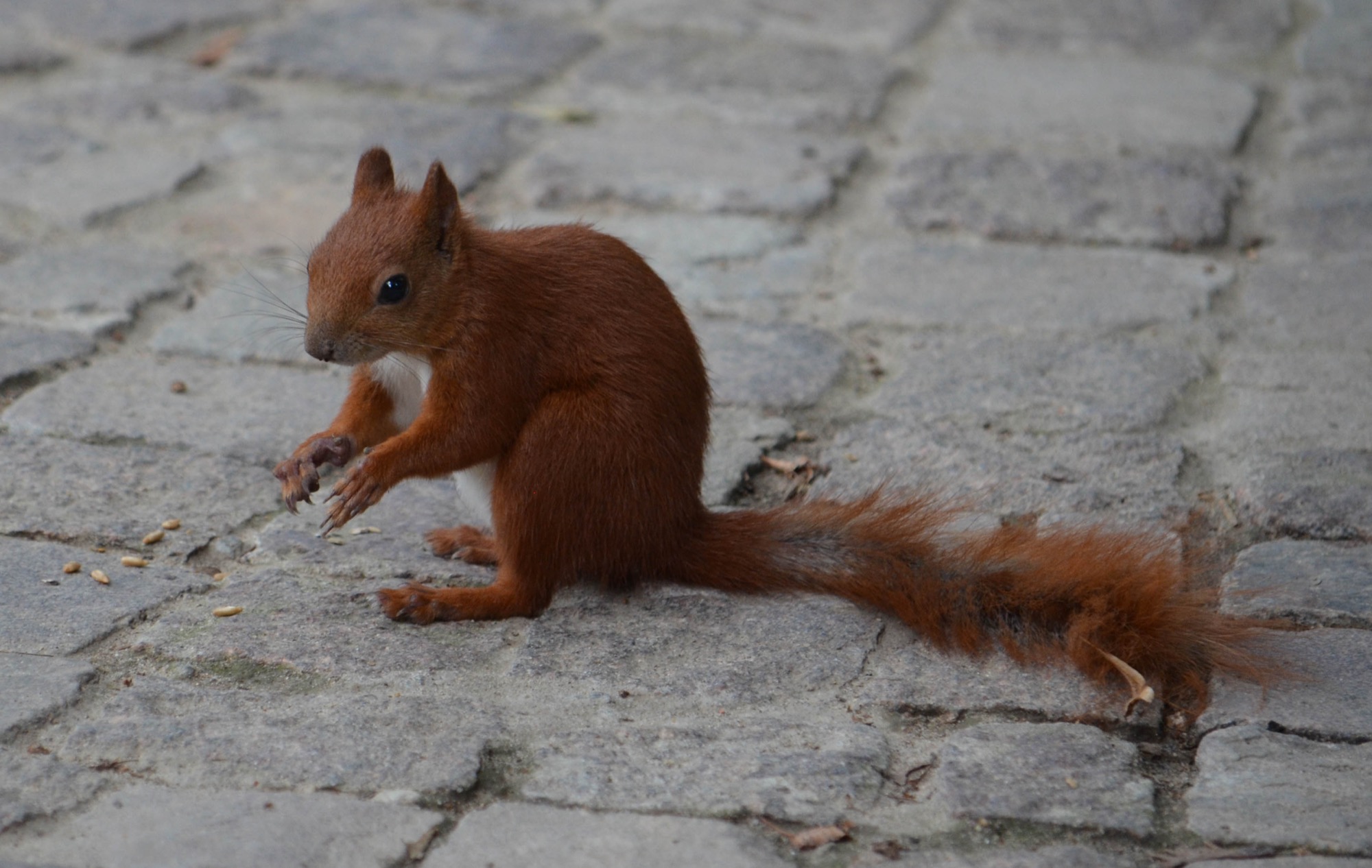Warsaw Ghetto
The Warsaw ghetto was established by German Governor-General Hans Frank in 1940 in German occupied Poland. More than 400,000 Jews, about 30% of Warsaw's population, were rounded up and sent to live in a ghetto that was only about 3.5 square miles, or about 2.4% of the area of Warsaw.
The ghetto was enclosed behind a wall that was nearly 10 feet tall and topped with barbed wire. In the summer of 1942, about 254,000 ghetto residents were sent to the Treblinka extermination camp.
Today, there are markers along the streets of Warsaw to show the boundary lines of the ghetto's perimeter. A small portion of the ghetto wall remains standing as are the posts that held a footbridge connecting one area of the ghetto to another.
Another memorial is located at the umschlagpatz, or collection point, where the Jews from the ghetto were loaded onto the trains that took them to the death camp at Treblinka. The monument is designed to look like an open freight car.
